“Global Demand Response Management System Market to reach a market value of USD 27.9 Billion by 2031 growing at a CAGR of 16.4%”
The Global Demand Response Management System Market size is expected to reach $27.9 billion by 2031, rising at a market growth of 16.4% CAGR during the forecast period.
Governments in the Asia Pacific region is increasingly recognizing the importance of demand response initiatives as part of their broader energy management strategies. Various countries are implementing policies to promote energy efficiency, and businesses are increasingly adopting demand response technologies to optimize energy usage and reduce costs. Therefore, in 2023, the Asia Pacific region generated 27% revenue share in the market. This growth is driven by the rapid industrialization and urbanization in countries such as China and India, where energy consumption is rising. Moreover, the growing integration of renewable energy sources into the grid prompts the need for more flexible and responsive demand management solutions, further driving this region's demand response management system market.
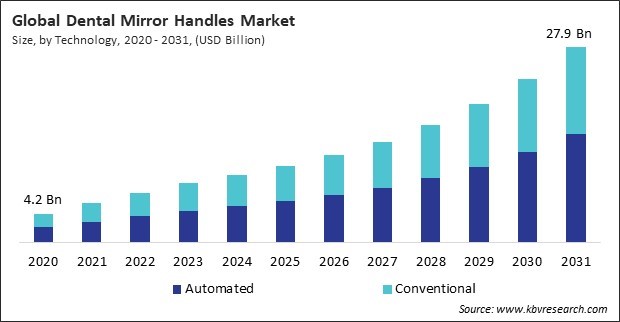
The major strategies followed by the market participants are Partnerships as the key developmental strategy to keep pace with the changing demands of end users. For instance, In September, 2024, Trilliant Holdings, Inc. has entered into a partnership with Sense to enhance energy management solutions for utilities and consumers. This collaboration will integrate Sense's grid edge technology into Trilliant's advanced metering infrastructure, enabling improved efficiency and real-time analytics. Additionally, In June, 2024, ABB has partnered with Cleanwatts to enhance energy management solutions, focusing on optimizing energy consumption and costs in renewable energy communities. Their collaboration aims to improve energy efficiency and grid reliability, closely aligning with demand response strategies.
Based on the Analysis presented in the KBV Cardinal matrix; General Electric Company and Siemens AG are the forerunners in the Demand Response Management System Market. In February, 2024, GE Appliances and Tantalus Systems have partnered to launch the EcoBalance System, integrating real-time data management to optimize energy usage in home appliances. This collaboration aims to reduce peak demand, support grid modernization, and enhance energy efficiency through demand response initiatives. Companies such as Schneider Electric SE, Honeywell International, Inc., ABB Group and Trilliant Holdings, Inc. are some of the key innovators in Demand Response Management System Market.
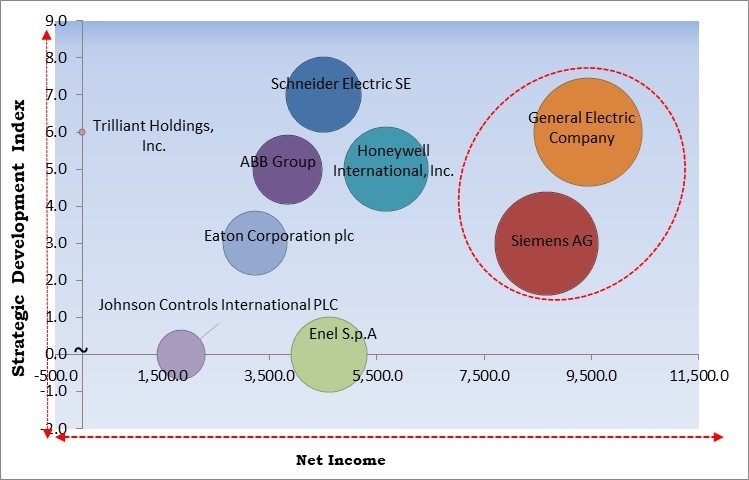
Urban areas are increasingly looking to integrate renewable energy sources, such as solar and wind, into their energy mix. DRMS can facilitate this integration by managing demand according to the availability of renewable resources, making urban energy systems more sustainable. Many urban areas are implementing policies to reduce carbon emissions and promote sustainability. Demand response programs align with these goals by optimizing energy consumption and lowering greenhouse gas emissions. In conclusion, increasing urbanisation worldwide is driving the growth of the market.
The proliferation of smart home technologies has contributed to rising consumer awareness of energy management options. Smart thermostats, energy monitoring apps, and connected appliances allow consumers to track their energy usage in real-time and adjust their consumption patterns accordingly. By engaging consumers at the community level, these initiatives foster a sense of ownership and responsibility toward energy conservation. This grassroots approach raises awareness and encourages active participation in demand response efforts, driving demand for DRMS. Thus, rising consumer awareness and participation in demand response programs are driving the market's growth.
Many utilities operate under regulatory frameworks and budget constraints, particularly in the public sector. High initial investment costs may limit their ability to invest in demand response programs, especially if they must prioritize other essential services or projects. As a result, the market may experience slower growth in areas reliant on public utilities, hindering widespread adoption of DRMS. High initial costs without guaranteed financial returns may deter stakeholders from committing to DRMS implementations. Therefore, high initial investment costs for implementation impede the market's growth.
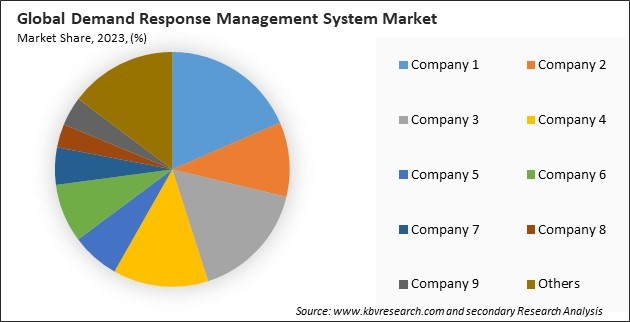
The leading players in the market are competing with diverse innovative offerings to remain competitive in the market. The below illustration shows the percentage of revenue shared by some of the leading companies in the market. The leading players of the market are adopting various strategies in order to cater demand coming from the different industries. The key developmental strategies in the market are Partnerships, Collaborations & Agreements.
On the basis of application, the market is segmented into residential, industrial, and commercial. The industrial segment recorded 47% revenue share in the market in 2023. This dominance can be attributed to the significant energy consumption patterns in industrial settings, where the ability to manage and reduce energy use during peak periods can lead to substantial cost savings. Industrial facilities often have flexible operational processes, allowing them to adjust their energy usage based on utility demand response signals.
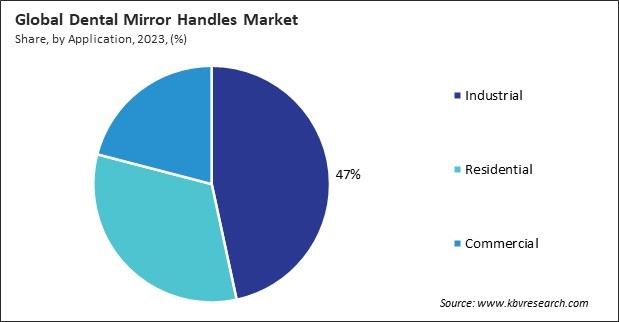
Based on technology, the market is divided into conventional demand response and automated demand response. The conventional demand response segment procured 46% revenue share in the market in 2023. This segment relies on manual processes and predetermined strategies, where businesses engage in energy conservation efforts during peak demand periods in exchange for financial incentives. While it may not leverage the same level of automation as its counterpart, conventional demand response remains critical for many organizations, especially in regions where technological adoption is still progressing.
Free Valuable Insights: Global Demand Response Management System Market size to reach USD 27.9 Billion by 2031
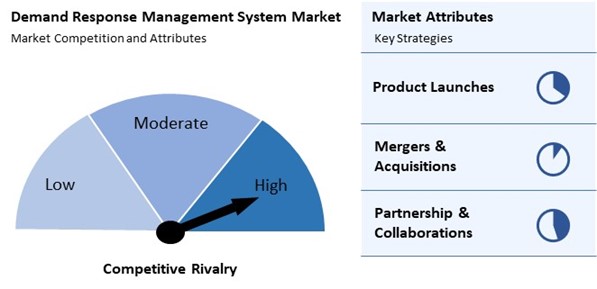
The Demand Response Management System (DRMS) Market is highly competitive, driven by the growing focus on energy efficiency and grid reliability. Providers are developing DRMS solutions that help utilities and consumers manage energy consumption during peak periods, reducing costs and strain on the grid. As smart grids and renewable energy sources gain traction, the demand for adaptive, real-time demand response systems increases. Competition centers on delivering scalable, user-friendly, and flexible platforms that integrate seamlessly with existing energy management systems, supporting both residential and industrial applications.
Region-wise, the market is analyzed across North America, Europe, Asia Pacific, and LAMEA. The North America region witnessed 36% revenue share in the market in 2023. This can be attributed to several factors, including the advanced technological infrastructure, supportive regulatory frameworks, and a strong focus on energy efficiency initiatives across residential and commercial sectors. The increasing implementation of smart grid technologies and the rising participation of consumers in demand response programs have further fuelled market growth in this region.
| Report Attribute | Details |
|---|---|
| Market size value in 2023 | USD 8.6 Billion |
| Market size forecast in 2031 | USD 27.9 Billion |
| Base Year | 2023 |
| Historical Period | 2020 to 2022 |
| Forecast Period | 2024 to 2031 |
| Revenue Growth Rate | CAGR of 16.4% from 2024 to 2031 |
| Number of Pages | 198 |
| Number of Tables | 253 |
| Report coverage | Market Trends, Revenue Estimation and Forecast, Segmentation Analysis, Regional and Country Breakdown, Competitive Landscape, Market Share Analysis, Porter’s 5 Forces Analysis, Company Profiling, Companies Strategic Developments, SWOT Analysis, Winning Imperatives |
| Segments covered | Technology, Application, Region |
| Country scope |
|
| Companies Included | ABB Group, Honeywell International, Inc., Schneider Electric SE, Siemens AG, Eaton Corporation plc, General Electric Company, Johnson Controls International PLC, Trilliant Holdings, Inc., Alstom SA, Enel S.p.A |
By Technology
By Application
By Geography
The Market size is projected to reach USD 27.9 billion by 2031.
Increasing Focus on Energy Efficiency and Sustainability Initiatives are driving the Market in coming years, however, High Initial Investment Costs for Implementation restraints the growth of the Market.
ABB Group, Honeywell International, Inc., Schneider Electric SE, Siemens AG, Eaton Corporation plc, General Electric Company, Johnson Controls International PLC, Trilliant Holdings, Inc., Alstom SA, Enel S.p.A
The expected CAGR of this Market is 16.4% from 2024 to 2031.
The Automated segment is leading the Market by Technology in 2023; thereby, achieving a market value of $15.5 billion by 2031.
The North America region dominated the Market by Region in 2023; thereby, achieving a market value of $9.7 billion by 2031.
Our team of dedicated experts can provide you with attractive expansion opportunities for your business.
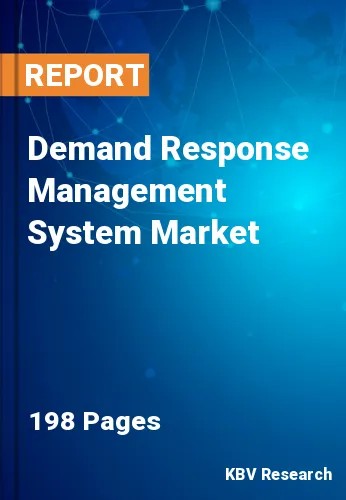
 Drivers
Drivers
 Restraints
Restraints
 Opportunities
Opportunities
 Challenges
Challenges
